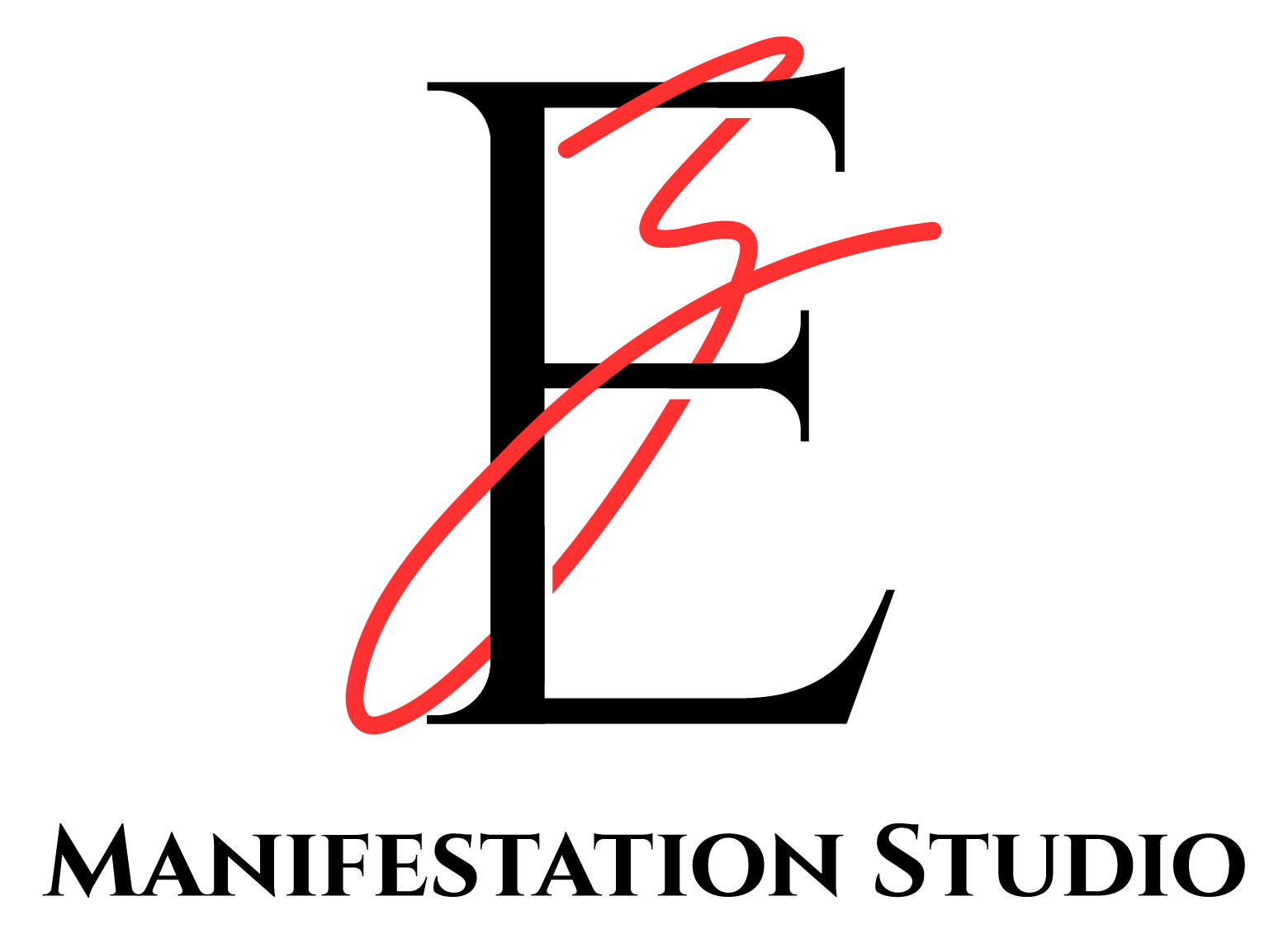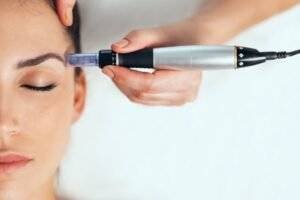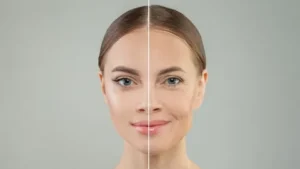
Aging naturally includes the appearance of fine lines and wrinkles. Yet there are numerous medicines and cosmetic procedures that can make them less visible. Lots of patients nowadays have their first choices for this procedure. The two most frequently used methods are Botox and dermal fillers -but the question remains which one is more suitable for wrinkles? This question is influenced by your individual skin type, skin concerns, wrinkle type, and the desired results. In this article, we will discuss the differences between Botox and Fillers, their functions, and the one that may suit you the best.
Table of Contents
ToggleUnderstanding the Basics: What Is Botox?
Botox is basically a brand name called botulinum toxin. Fundamentally, Botox is a purified protein that works as a temporary relaxant for facial muscles. It mainly works by blocking signals from the nerves that cause the muscle to contract, which softens the appearance of the lines that are caused by the constant movements, such as squinting or frowning. Such types of wrinkles are commonly known as “dynamic wrinkles.”
Common treatment areas include:
- Forehead lines
- Crow’s feet
- Frown lines between the eyebrows
By controlling muscle activity, Botox is considered the most appropriate treatment for the lines that occur when facial expressions are made. The result of the procedure usually lasts 3 to 4 months and in most cases, it is used as a preventive measure against the formation of deeper wrinkles.
What Is Filler?
Dermal fillers, commonly known as fillers, are gel-like substances that are injected under the skin for restoring lost volume, while providing a smoother texture and also enhancing facial contours. The most used fillers are obtained from hyaluronic acid – a hydrating agent naturally found in human body.
Fillers are an excellent option to treat static wrinkles, which are the ones that are clearly visible on your face even at the resting face with no expression. Fillers also work greatly for the following.
- Plumping thinner lips.
- Restoring volume to sunken cheeks.
- Smoothing nasolabial folds and smile lines.
Unlike Botox, which relaxes muscles, fillers “fill in” or lift the treated area. Results from dermal fillers can last from 6 months to over a year, depending on the product used and the area treated.
Fillers vs Botox: What’s the Main Difference?
Although Botox and fillers are similar in terms of usage, there is a main thing that they differ in:
- Botox primarily targets to reduce wrinkles by relaxing the underlying muscles.
- Whereas dermal fillers reduce wrinkles by adding volume beneath the skin.
If you think of it in this way: Botox “freezes” the muscle, while fillers “fill” the area. This makes Botox better for the expression of lines and fillers better for the problem concerning volume. The majority of patients like the effects of the Botox and fillers when used in right combinations.
Dermal Fillers vs Botox: Which Lasts Longer?
One of the most frequent questions about Botox vs dermal fillers is about the duration or longevity of each treatment. Here’s how they work compared to each other:
- Botox effects usually last for a period of 3 to 4 months, also depending on the quality and brand of the product.
- On the other hand, Dermal fillers stay for about 6 to 18 months depending on the quality and product type.
If you want a more durable solution to treat volume or deep wrinkles, then fillers should be your first thought. Conversely, Botox can be a more wallet-friendly option for the superficial lines of the muscle-moving area
Combining Botox and Filler for Best Results
This dual approach provides a more youthful appearance without the need for surgery. In many situations, the argument is not whether to select Botox or filler; but whether to combine them or not. Aestheticians often recommend fillers with Botox for a full-face lift and rejuvenated look. Botox is for the expression lines while fillers are for the youthful volume that leads to tightened skin appearing youthful, healthy, firm and fresh.
For instance.
- You can get fillers when you are correcting the cheeks and around the mouth to remove expression lines.
- And get Botox to treat forehead lines and on crow’s feet.
These dual efforts result in a more youthful look and indeed the surgery is skipped.
Side Effects and Recovery
Both Botox and dermal fillers are minimally invasive with little downtime. However, they do have some mild side effects:
Botox Side Effects:
- Mild bruising or swelling at the injection site.
- Temporary headache or eyelid drooping (rare).
- Results take 3–7 days to appear.
Filler Side Effects:
- Swelling, redness, or bruising at the injection site.
- Possible lumpiness or asymmetry (temporary).
- Immediate results, with optimal results visible in 1–2 weeks.
Choosing a qualified provider is key to minimizing risks and achieving natural-looking outcomes.
Who Should Choose Botox?
You may be a good candidate for Botox if:
- Your wrinkles appear mainly when you frown, smile, or raise your eyebrows.
- You want preventative treatment for aging.
- You prefer a non-permanent option that fades overtime.
- You’re looking for subtle improvements without changing your facial volume.
Botox works best for younger clients or those just beginning to notice fine lines from repeated facial expressions.
Who Should Choose Fillers?
Fillers might be the right choice if:
- You’ve lost volume in the cheeks, lips, or under eyes.
- Your wrinkles are present even when your face is at rest.
- You want to contour your jawline, cheeks, or lips.
- You’re looking for longer-lasting wrinkle correction.
If volume loss is a major concern, or you want to improve facial harmony, dermal fillers are often the ideal solution.
Botox vs Fillers Cost: Which Is More Affordable?
When comparing the cost of Botox vs fillers, it’s important to note:
- Botox is typically priced per unit. A full treatment area may cost less initially but requires more frequent maintenance.
- Fillers are priced per syringe. Though the upfront cost is higher, results last longer.
In the long term, the total cost may balance out depending on the treatment area and goals.
How to Choose Between Botox and Dermal Fillers
Still not sure which treatment is right for your wrinkles? The best approach is to consult a certified aesthetic provider. They will assess your skin, discuss your goals, and suggest a personalized plan—whether that’s Botox, fillers, or a combination of both.
Here are some questions to ask during your consultation:
- What types of wrinkles do I have?
- How long do I want the results to last?
- What’s my budget and maintenance preference?
- Am I okay with temporary treatments or should I explore long-term solutions?
Final Thoughts: Botox or Dermal Fillers?
No universal remedy exists for the question of Botox vs dermal fillers. Both are treatments advocated by practitioners in their use for rejuvenating areas and are safe and effective; FDA approved and widely used to treat fines lines and wrinkles. However, there are factors such as your age, skin condition, and your treatment goals help determining the best suited option.
If your goal is to target wrinkles appearing from facial expressions, then Botox works the best as per expert opinion. On the other hand, if your primary goals it to treat volume loss, static wrinkles or deeper folds, then getting dermal fillers may be the best choice. Mostly, people prefer to get a combination of Botox and filler as the ultimate solution to achieve a firmer, youthful and smoother appearance of the skin.
Would You Like to Explore Which Wrinkle Solutions Botox vs Fillers – Suit You the Best -?
Schedule a meeting with an experienced and licensed aesthetic expert now and discover the best treatment with the help of a qualified professional.
Frequently Asked Questions
What is the main difference between Botox and fillers?
The underlying difference between Botox and fillers is the way they work to treat wrinkles. Botox soothes muscle movement and significantly reduces expression lines. On the other hand, fillers add volume to the synovial joints which help to smooth out static wrinkles and restore volume.
Are Botox and dermal fillers safe to use?
Absolutely, both Botox and dermal fillers are FDA-approved and perfectly safe when done by qualified professionals. The side effects, most of the time, are mild such as tingling or bruising at the area of injection that go away on their own in a couple of days.
Can I get Botox and filler at the same time?
Definitely! Many providers recommend a combination of Botox and filler to achieve a more balanced and youthful appearance. Botox is responsible for dynamic wrinkles while dermal fillers are responsible for restoring volume loss and treating static wrinkles.
How do I know if I need fillers vs Botox?
If the cause of your wrinkles’ appearance is facial muscle movements, then Botox will work best. However, if the wrinkles are present even when your face is at rest or you simply want to add volume, then fillers will probably prove to be more effective. In both cases, consulting an expert is recommended to help you decide better.
How long do Botox and dermal fillers last?
Botox generally lasts for about 3-4 months, however dermal fillers can have a duration of around 6 months to over a year, depending on the product and area of treatment.
Author

Maria Seth
Maria Seth writes for the Manifestation Studio blog to educate people about safe, effective beauty practices. With a background in skin rejuvenation and holistic skincare, she focuses on cutting through the noise, so readers know what’s real, what’s right, and what actually works.
Related Blogs
What Is Microneedling? Benefits, Process, Safety, and Results Explained
What is Microneedling? Microneedling is an advanced surface rejuvenation technique...
Read MorePRP Under Eyes A Solution for Dark Circles and Puffiness
Wondering why your eyes always look tired, no matter how...
Read MoreTop Anti-Aging Treatments for Youthful Skin
## Quick Takeaways: Retinoids increase cell turnover for a smoother,...
Read More


